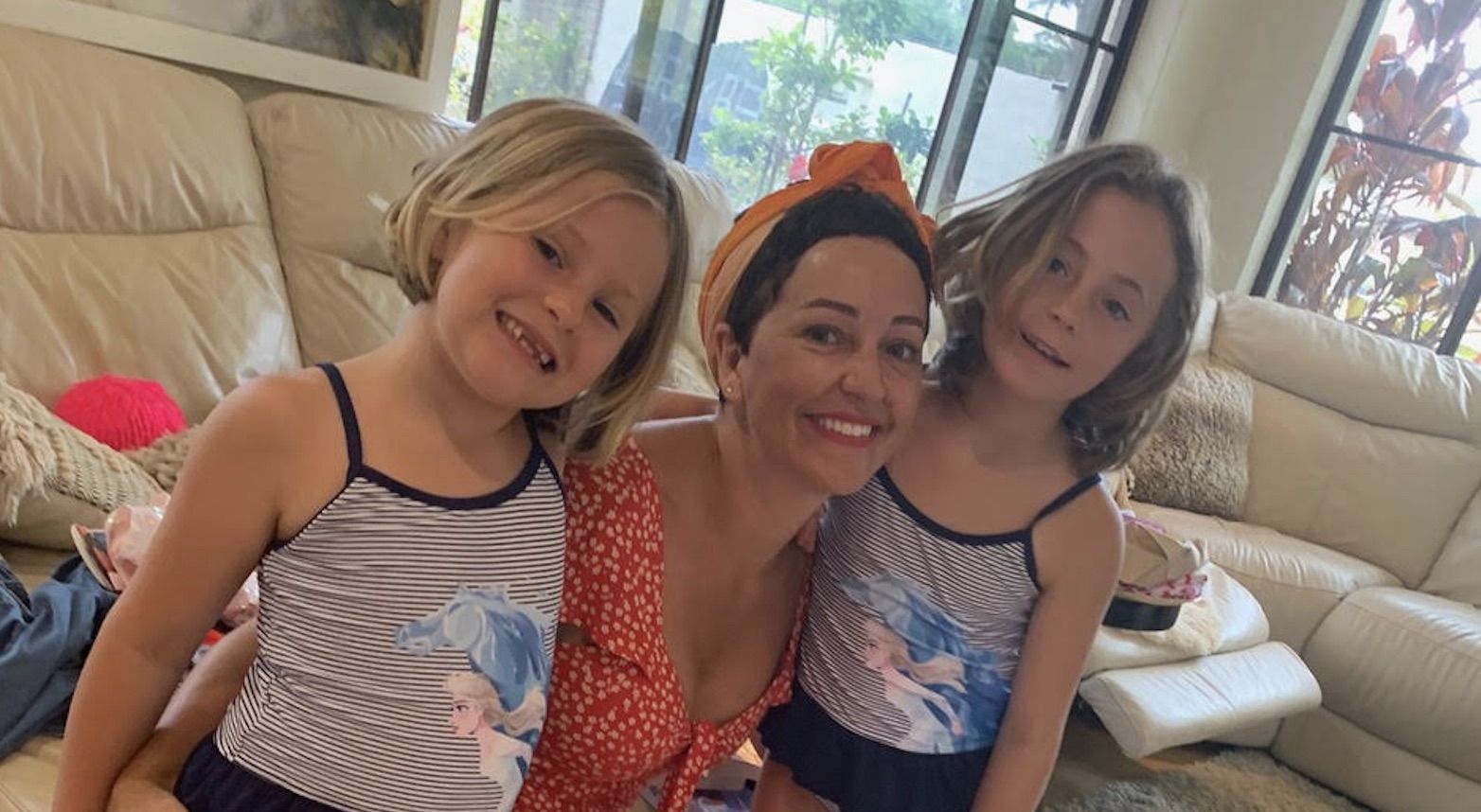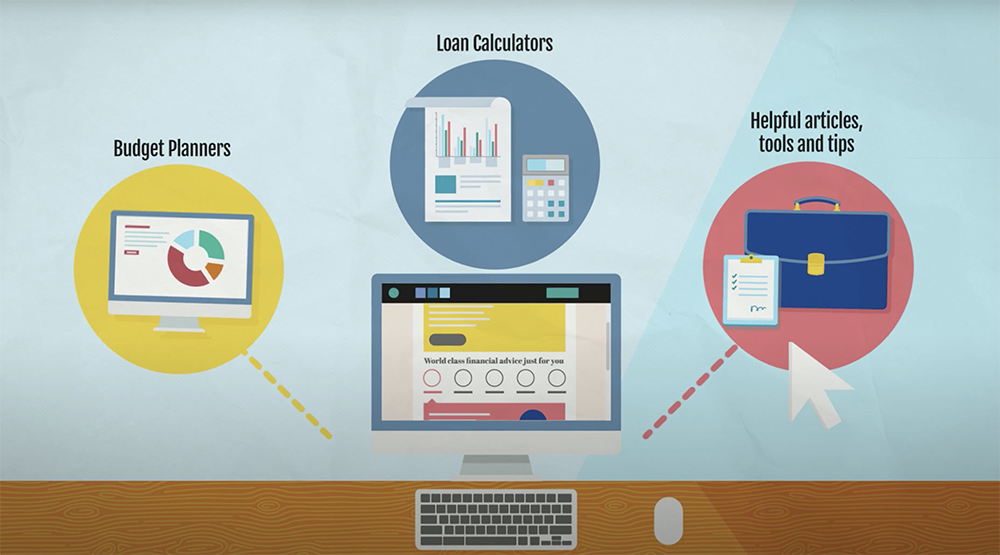
How Issy and Frenchie learned about money
I was raised by a single mum, who despite working herself to the bone, still struggled to make ends meet. I remember us having to tally up grocery items as we shopped to be sure we were within budget.
Fast forward thirty years and here I am as a single mother of two young girls, and I find myself wondering just how mum managed to survive and how she even managed to shelter me from the fear of not having enough money to cover the basics. My goal now is to teach my girls the financial skills they will need in life to be sure they never feel the insecurity that can come from having poor money habits, or not knowing how to manage their money smarter. I want them to be armed, sassy, proactive and fiercely financially savvy kids.
I recently discovered a guide, published by AMP, which helps parents teach kids of all ages some really fun and simple skills around money – understanding it, appreciating it, playing with it, earning it, saving it and even sharing it.
I had a lightbulb moment after reading the guide, which was created by a mum of two and AMP employee Reselle Hrelja who said: “As a parent, I cannot make my children’s dreams come true. They will need to do that on their own. But I want to arm them with skills, knowledge, wisdom and enough heart to get them through their life journey.”
This is exactly the sort of thing that I believe all kids should be taught in school – and at the very least, re-enforced at home with parents. So, I decided to start by giving the guide advice a go with my two girls. And this may sound odd, but it was in fact hugely fun for all three of us. Here’s how our experience went.
The guide gives a bunch of exercises and practical tips for parents to try with their kids and is broken down into different age groups. My girls are aged seven and nine so we tried out a variety of activities created to teach kids to be familiar with money, to have some fun playing with it, to get hands-on with it, to respect it, to budget with it, to feel the joy of earning it and watching it grow.
The guide suggested we play some games with money.

So, I started out by having a family game of monopoly. It took about ten seconds before my nine year old decided she would be the bank and about twenty seconds before my seven year old decided she was going to do everything in her power to get all the money from the bank / her big sister. The competition was fierce. I was the first to admit defeat and loved watched their faces light up every time they scored a new property or made their bundles of money grow. It was a hit!
The next experiment was to give the girls a set amount of money each as their treat, to spend how they wished in Kmart. Watching them try to identify how much things cost and whether this was more or less than their $10 budget was actually fascinating.
For me, it made me realise just how much I had assumed they knew, compared to the reality and realising that it was up to me to explain things from scratch, as the first time they were absorbing this information. Simple things like edible treats would only last as long as they could resist eating them.
Toys and games would last longer. They didn’t have to spend the entire amount. In fact, if they didn’t see anything they really wanted, they didn’t have to spend any of it at all.
The outcome was beyond gorgeous. I was so proud to see that my eldest daughter Isabella chose to buy two necklaces, one for herself and a matching one for her best friend.
And my seven year old Francesca chose to buy herself some slime – and she bought me a gift of a lovely little pair of bright coloured earrings. The girls had learnt the gift of giving. I could have cried. In fact, I really almost did cry when the packet of slime exploded in my car and ran down the seats.
While the activities and tasks continued all week, I can honestly say that the best part about the guide was watching my girls ask more and more questions about money – and for the conversation around it to really start to flow.
They didn’t need to fully understand everything I was trying to teach them, like what tax is on money you earn, or what interest means on a savings account. But they were becoming very curious and that was a success in my book.
One Q & A conversation with my daughter Isabella went a little something like this.
Me: Hey Issy, how important is money?
Isabella: Well, it’s very important but not super important.
Me: Why’s that?
Isabella: Well it helps pay for all your stuff. But there are other things in life that are more important. Like family.
Me: That’s beautiful Issy. But what would happen if you didn’t have any money?
Isabella: Well, nothing would ever happen. Or, maybe you could just get everything for free?
Me: How do you think Mummy makes money to pay for things?
Isabella: By working.
Me: That’s right. And if you had to earn money, what would you do?
Isabella: I’d do some dog walking or some babysitting. Or I’d be an artist.
Me: And how could you save your money?
Isabella: I’d put it in the bank or a money box, somewhere that Frenchie (her little sister) can’t find it.
Me: And what would you spend that money on?
Isabella: A bike, and an ice cream.
Me: Well that sounds like a great plan to me.
For any parent who wants to arm their kids as I do with the wisdom and confidence to manage their own money as they grow and learn in the world we live in, then I highly recommend you check out this guide and have some fun with it at home.
https://www.amp.com.au/insights/manage-my-money/kids-finance-education/teaching-kids-to-spend-wisely
My favourite tips from the guide that will help your kids understand money
Handling money: Depending on their age bracket, it’s a great idea in our cashless society to actually hand your kids some real cash and get them hands on. Recognise what it looks like and what it feels like to hand it over and – more importantly to see how it can increase or decrease as a result of their spending.
Set up an account: For the little ones, perhaps do this via a glass jar (which you can visually see the value of from the outside) or for slightly older kids an actual bank account in their name that they can log in to and view balances, debits and credits.
Give them freedom: With any lessons in life, it’s when you learn something first-hand that you truly absorb it. As parents we have the chance to hand our children a small amount of cash and give them the liberty of learning some spending skills for themselves. The lessons are priceless.
Take the pressure off: Our kids often pick up on our stresses in life without us even knowing it – and as adults, the biggest stresses are often related to money and debts or bills. It’s our job to remember that when we have conversations around money with our kids, we can take the heat out of it and just chat about the positives. Perhaps set some goals with the kids about the next family holiday or saving for special event gifts like birthdays and Christmas.
Seeing money through our children’s eyes: It’s the same as with travel, when we stop and just remember how our children are seeing things and understanding concepts for the first time, it reminds us to slow down and appreciate the simplicities. When we teach our kids the value of money, it can also help remind us as parents that every dollar we spend needs to be wisely spent – and that every move we make as parents is being witnessed and will have an impact on our children’s relationships with money for their futures also.


























